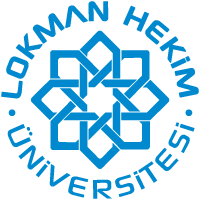| dc.description.abstract | Aroclor 1254 (A1254), a mixture of polychlorinated biphenyls, exerts
hepatic, renal, and reproductive toxicity in rodents. This study aimed
to determine a protective role of selenium on histopathological changes,
oxidative stress, and apoptosis caused by A1254 in rat kidney. It
included a control group, which received regular diet containing 0.15
mg/kg Se (C), a Se-supplemented group (SeS) receiving 1 mg/kg Se, a
Se-deficient group (SeD) receiving Se-deficient diet of <= 0.05 mg/ kg
Se, an A1254-treated group (A) receiving 10 mg/kg of Aroclor 1254 and
regular diet, an A1254-treated group receiving Se-supplementation
(ASeS), and an A1254-treated group receiving Se-deficient diet (ASeD).
Treatments lasted 15 days. After 24 h of the last dose of A1254, the
animals were decapitated under anaesthesia and their renal antioxidant
enzyme activities, lipid peroxidation (LP), glutathione, protein
oxidation, and total antioxidant capacity levels measured.
Histopathological changes were evaluated by light and electron
microscopy. Apoptosis was detected with the TUNEL assay. Kidney weights,
CAT activities, and GSH levels decreased significantly in all
A1254-treated groups. Renal atrophic changes and higher apoptotic cell
counts were observed in the A and ASeD groups. Both groups also showed a
significant drop in GPx1 activities (A - 34.92 \% and ASeD - 86.46 \%)
and rise in LP (A - 30.45 \% and ASeD - 20.44 \%) vs control. In
contrast, LP levels and apoptotic cell counts were significantly lower
in the ASeS group vs the A group. Histopathological changes and renal
apoptosis were particularly visible in the ASeD group. Our findings
suggest that selenium supplementation provides partial protection
against renal toxicity of Aroclor 1254. | |














